Baggage policies play a crucial role in shaping the travel experience, particularly when comparing Basic and Standard fares on Air Canada. Understanding the differences in baggage allowances and fees associated with each fare type is essential for passengers to avoid surprises and ensure a smooth journey.
Standard fares typically come with a more generous baggage allowance compared to Basic fares. For example, passengers booking a Standard fare may be entitled to check in one or two bags for free, depending on the route and fare class. This allows travelers to pack more items without incurring additional charges, providing added convenience.
In contrast, Basic fares often come with more restrictive baggage policies. While carry-on luggage is usually included in the fare, passengers may need to pay extra fees for checked bags, depending on the route and fare class. These fees can vary significantly and may add to the overall cost of the trip, particularly for travelers with additional luggage requirements.
When considering baggage policies, passengers should carefully assess their packing needs and travel plans. For instance, passengers flying from Toronto to Los Angeles for a weekend getaway may find that a Basic fare meets their needs, as they can pack light and avoid additional fees for checked bags. However, travelers planning a more extended trip or needing to transport bulky items may prefer the added baggage allowance offered by a Standard fare.
Similarly, passengers flying from Montreal to Cancun for a beach vacation may opt for a Standard fare to take advantage of the included baggage allowance, allowing them to pack beach gear, clothing, and other essentials without worrying about extra charges. In contrast, a Basic fare may result in additional fees for checked bags, detracting from the overall value of the fare.
On routes such as Vancouver to Sydney, where passengers may be sitting on long-haul journeys, the baggage policies associated with each fare type become particularly relevant. Standard fares provide peace of mind to travelers by offering a more generous baggage allowance, allowing them to pack for extended trips without incurring hefty fees for checked bags.
Passengers flying from Calgary to Mexico City for business or leisure purposes may find that a Standard fare better suits their needs, as it allows them to pack efficiently for their trip without worrying about additional baggage fees.
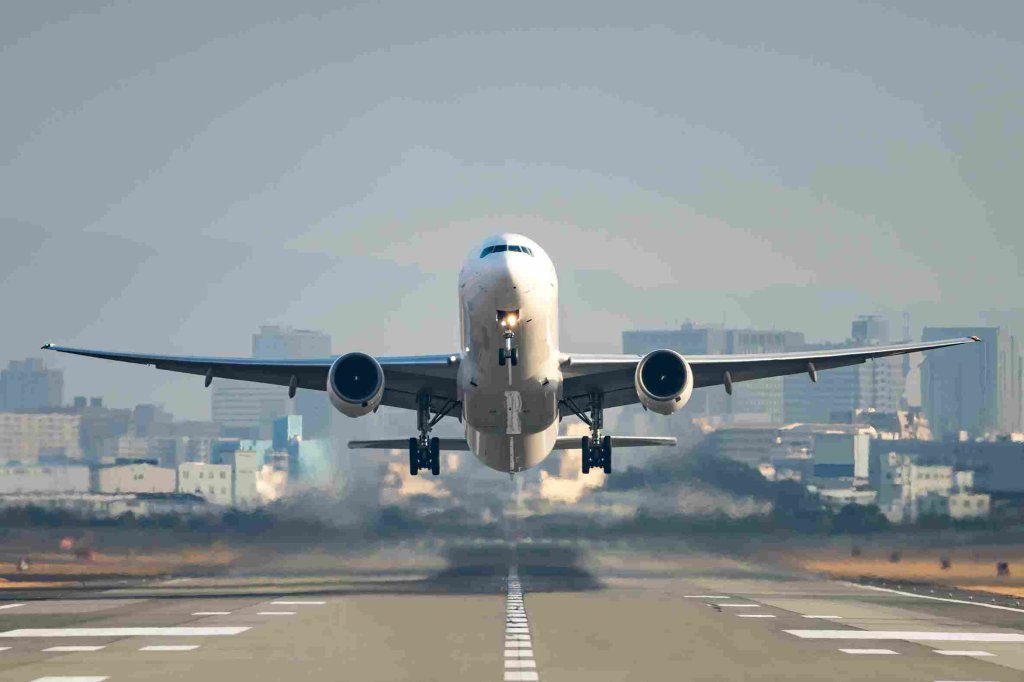
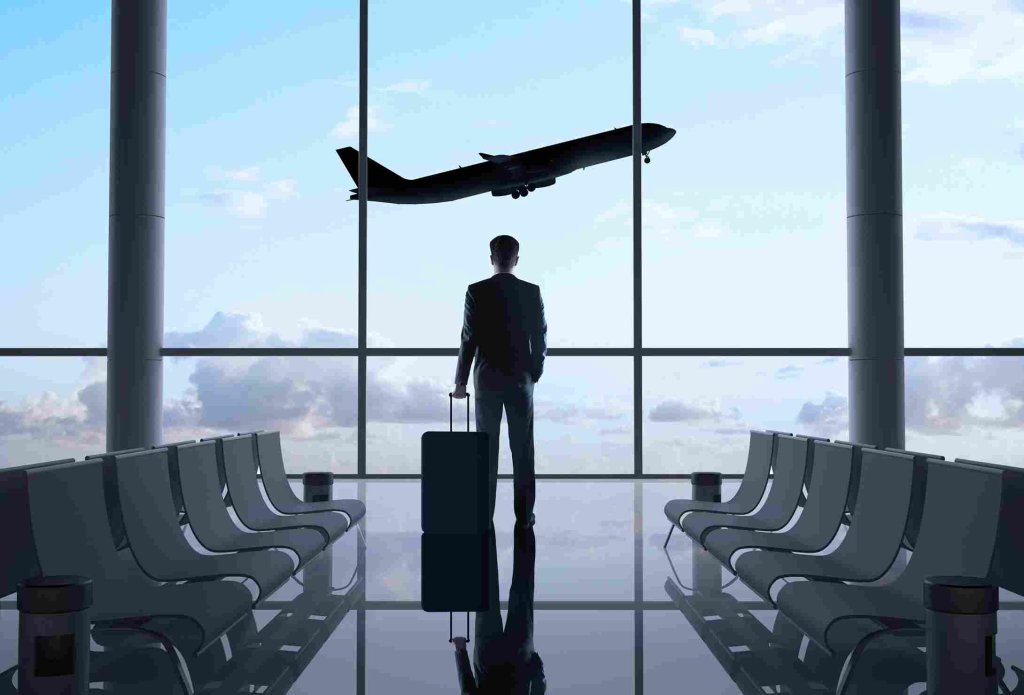
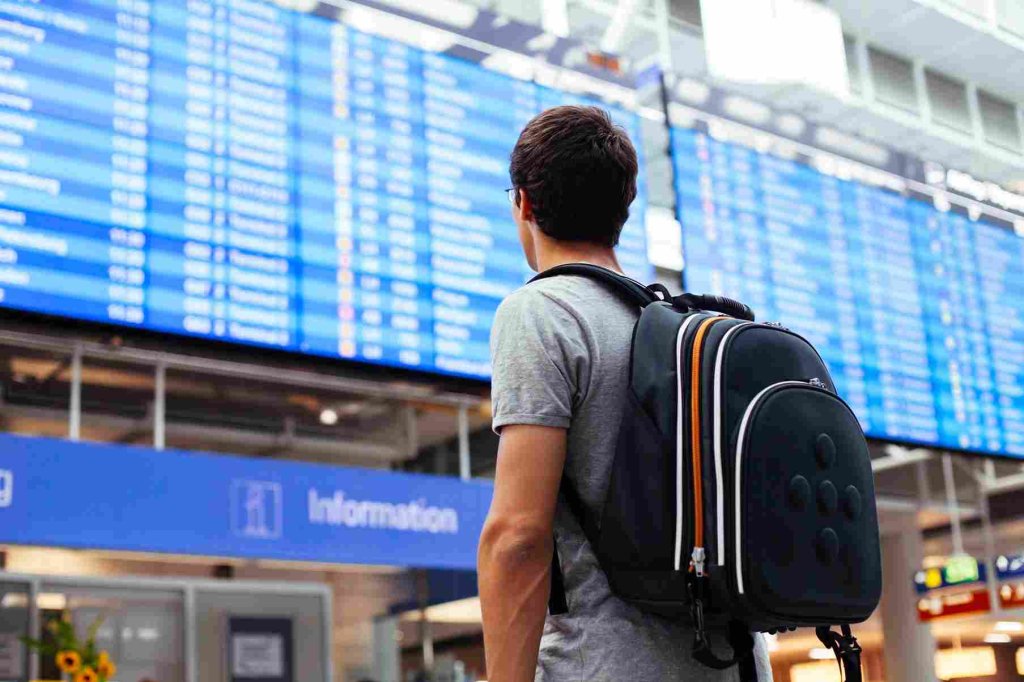
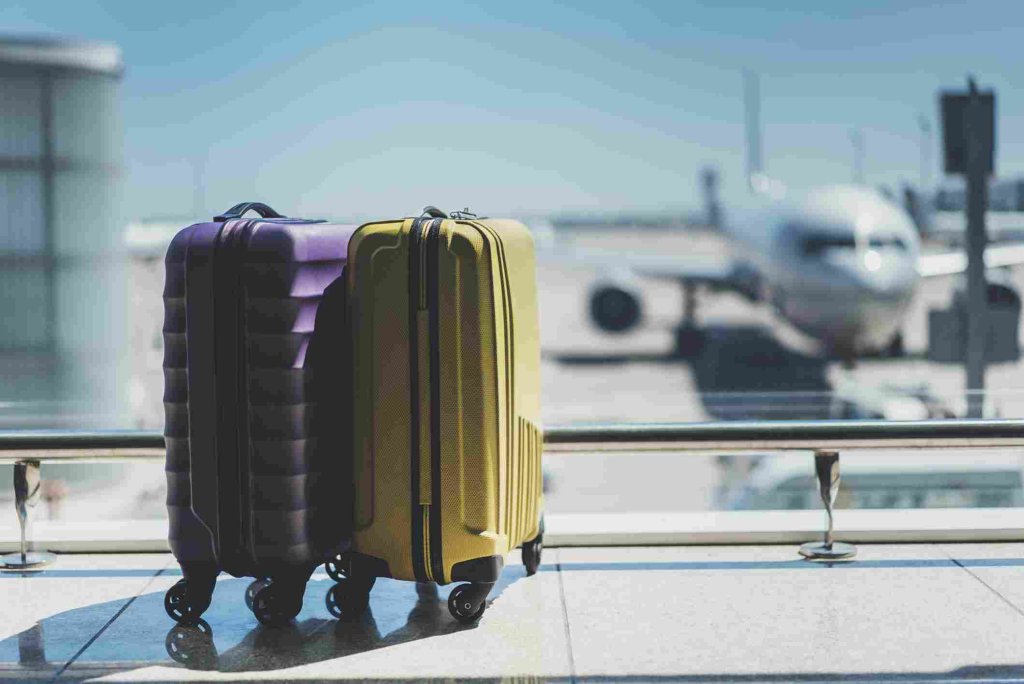
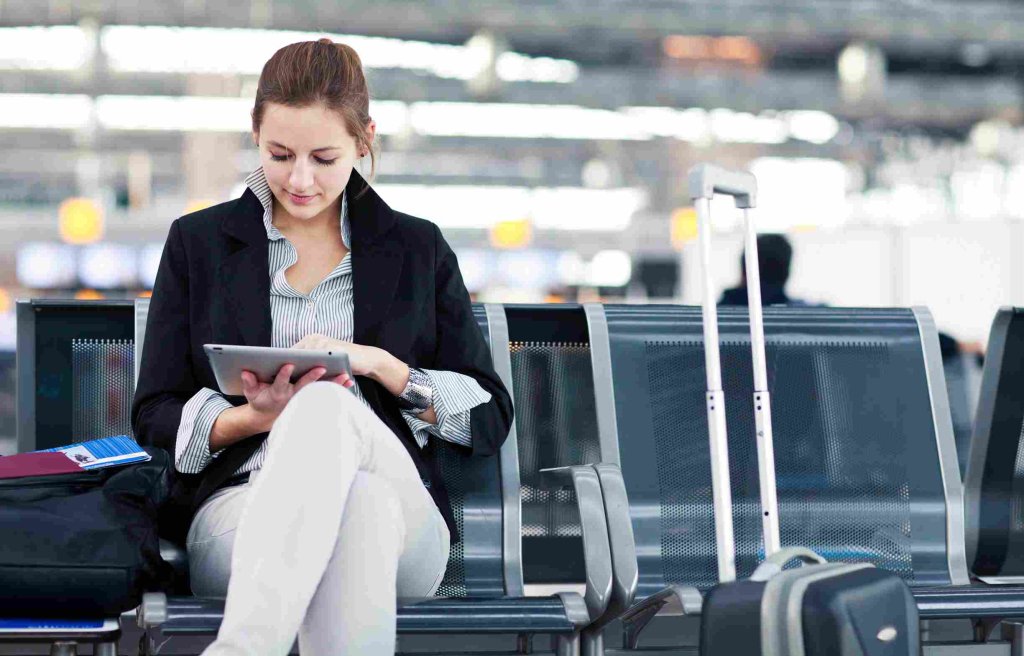
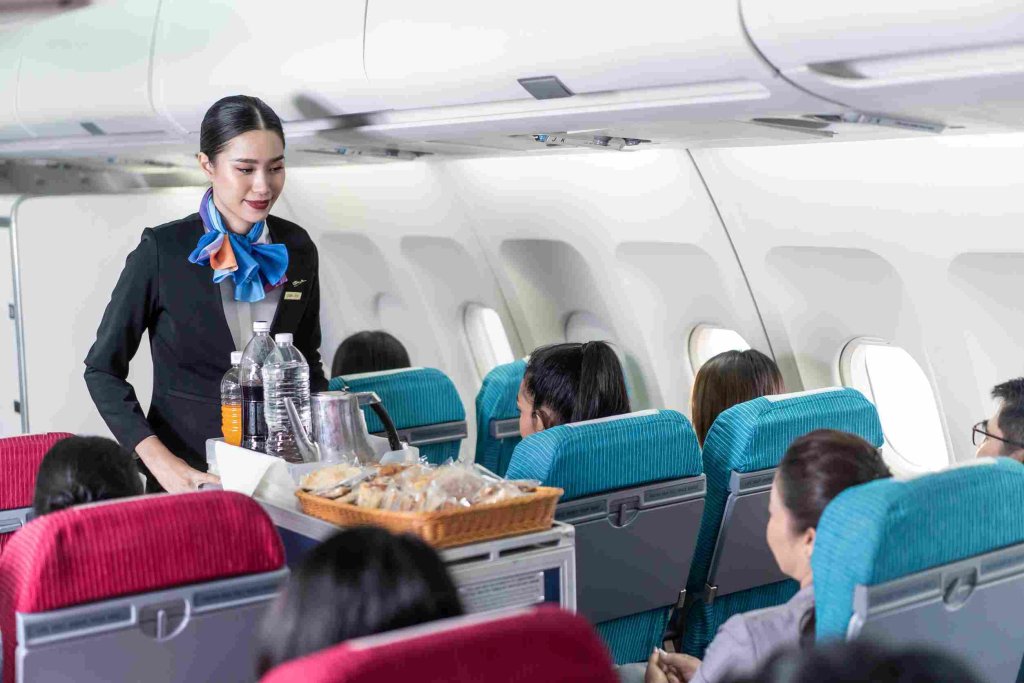


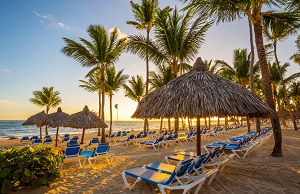


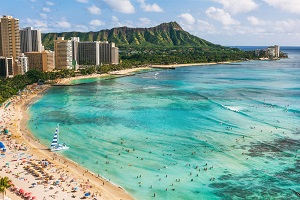
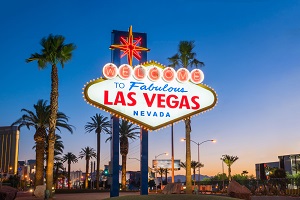





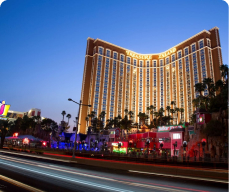

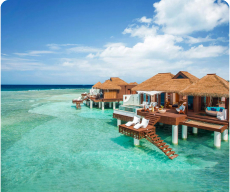
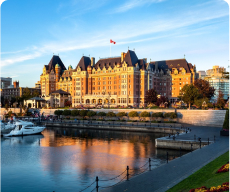


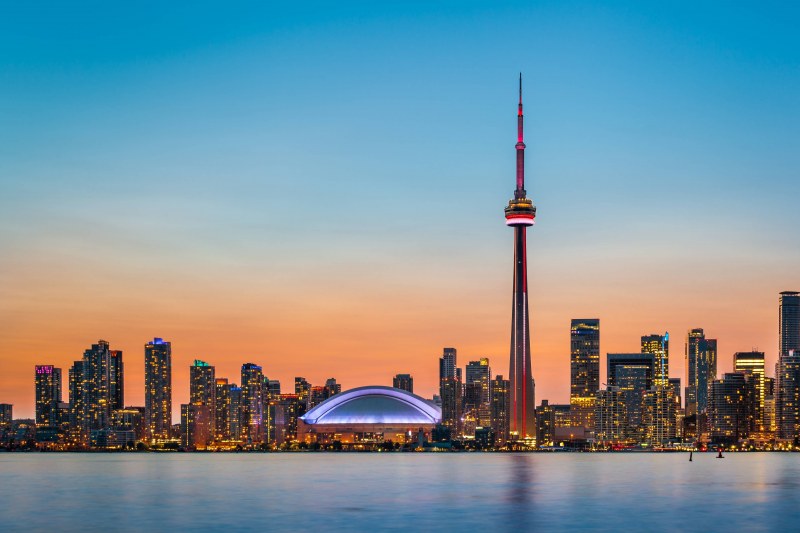

0 Comments